Geotechnical investigation
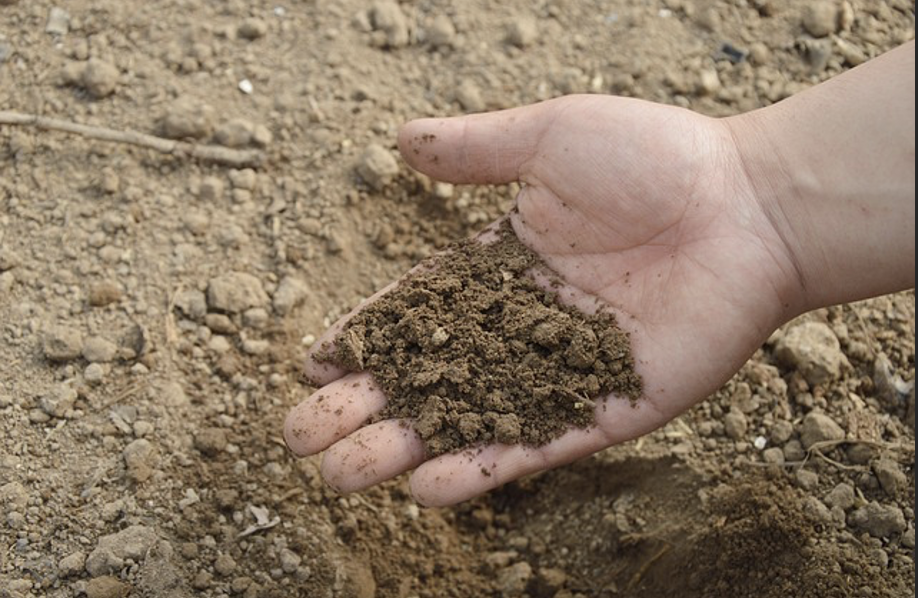
Geotechnical investigations, conducted by geotechnical engineers or engineering geologists, gather crucial information on the physical properties of soil, earthworks, and foundations for planned structures, as well as for addressing issues in existing earthworks and structures caused by subsurface conditions. These investigations, known as site investigations, are also essential for measuring the thermal resistance of soils or backfill materials needed for underground transmission lines, oil and gas pipelines, radioactive waste disposal, and solar thermal storage facilities. A typical geotechnical investigation involves both surface and subsurface exploration of a site, sometimes employing geophysical methods to collect data. Subsurface exploration generally includes soil sampling and laboratory testing of the retrieved samples.
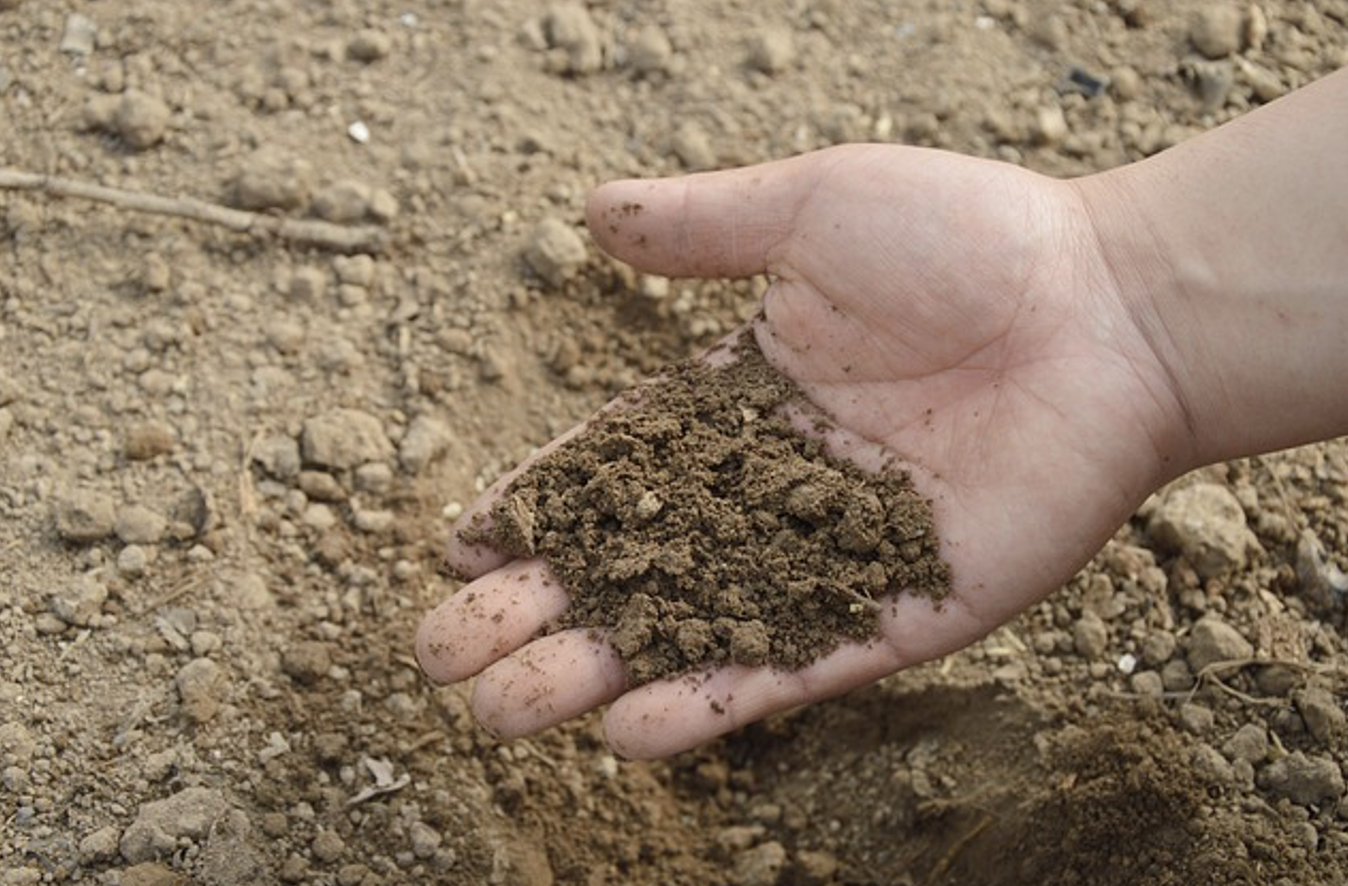
Soil Analysis
Geotechnical engineers determine the soil's composition, strength, and permeability at a particular site through soil sampling and laboratory analysis. This information is essential for foundation design, slope stability assessment, and maintaining the overall structural integrity.
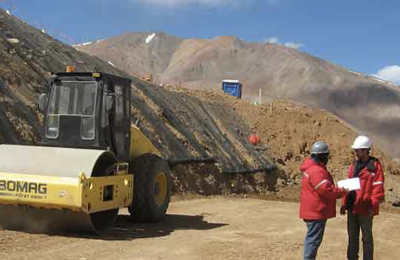
Site Characterization
Geotechnical investigations deliver an in-depth analysis of a site's attributes, identifying distinct soil layers, rock formations, groundwater levels, and potential risks such as seismic activity or expansive soils.
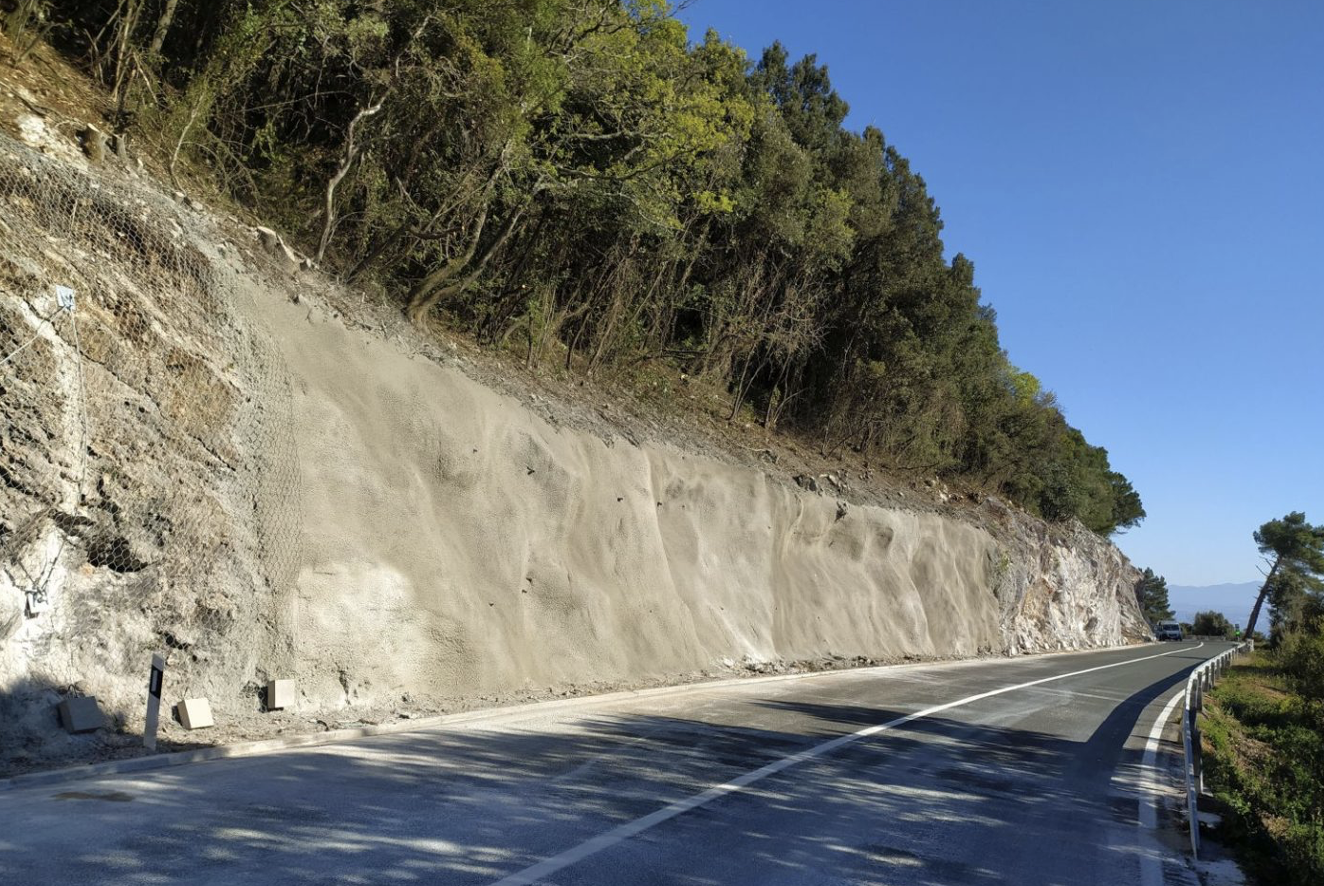
Slope Stability Analysis
Geotechnical engineers assess slope stability to reduce the risk of landslides and erosion. This analysis is especially crucial in hilly or mountainous regions, where slope failures can lead to serious consequences.
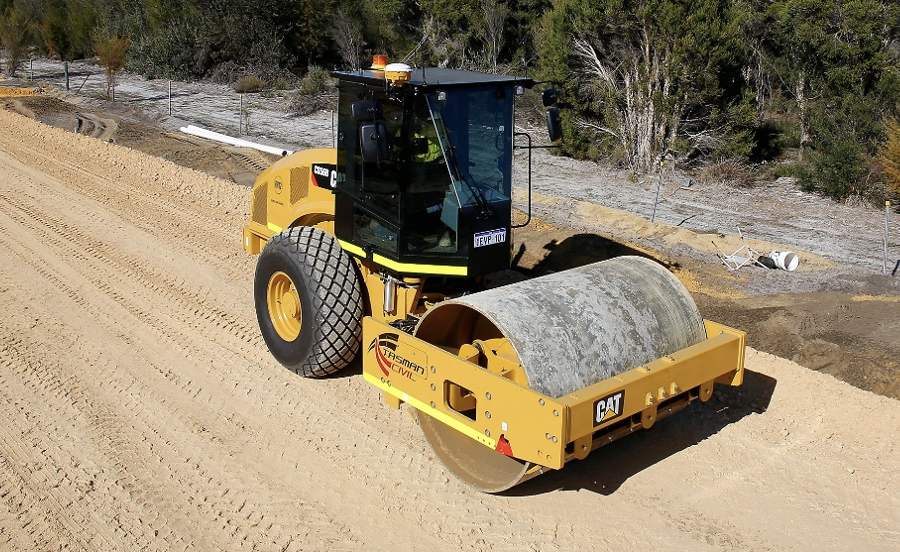
Ground improvement
Geotechnical investigations identify areas where soil improvement is necessary to meet engineering standards. Techniques such as compaction, grouting, or soil stabilization may be recommended to enhance soil properties.
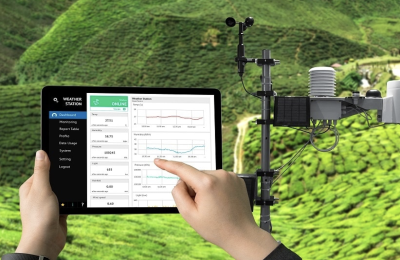
Environmental Assessment:
Besides geotechnical considerations, the investigation might include evaluating environmental factors, such as the presence of contaminants

Risk Assessment:
Geotechnical investigation aid in identifying potential risks related to soil conditions. This information allows engineers to develop risk mitigation strategies and design structures that can endure the expected challenges.
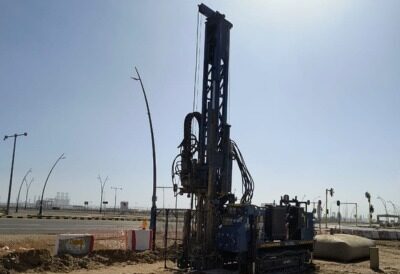
Borehole Investigation
A borehole investigation is a key component of geotechnical site assessments, performed to evaluate subsurface soil, rock, and groundwater conditions. This method involves drilling boreholes at specified locations and depths, collecting data and samples for analysis, and making recommendations for construction, foundation, or environmental projects.
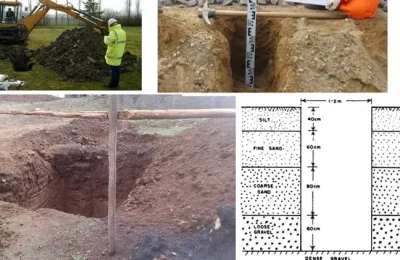
Trial Pit Investigation
A Trial Pit Investigation is a simple and cost-effective method used in geotechnical engineering to directly observe and assess the subsurface soil and rock conditions. It involves the excavation of pits or trenches to expose the ground profile, allowing for visual inspection, in-situ testing, and sampling.
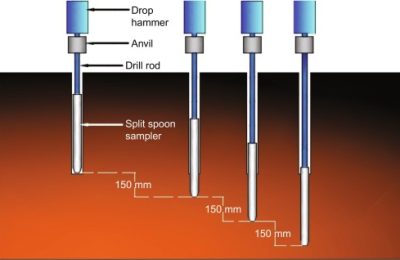
Standarad Penetration Test
The Standard Penetration Test (SPT) is one of the most widely used in-situ tests in geotechnical engineering. It measures the resistance of soil to penetration, providing information about soil strength, density, and consistency.
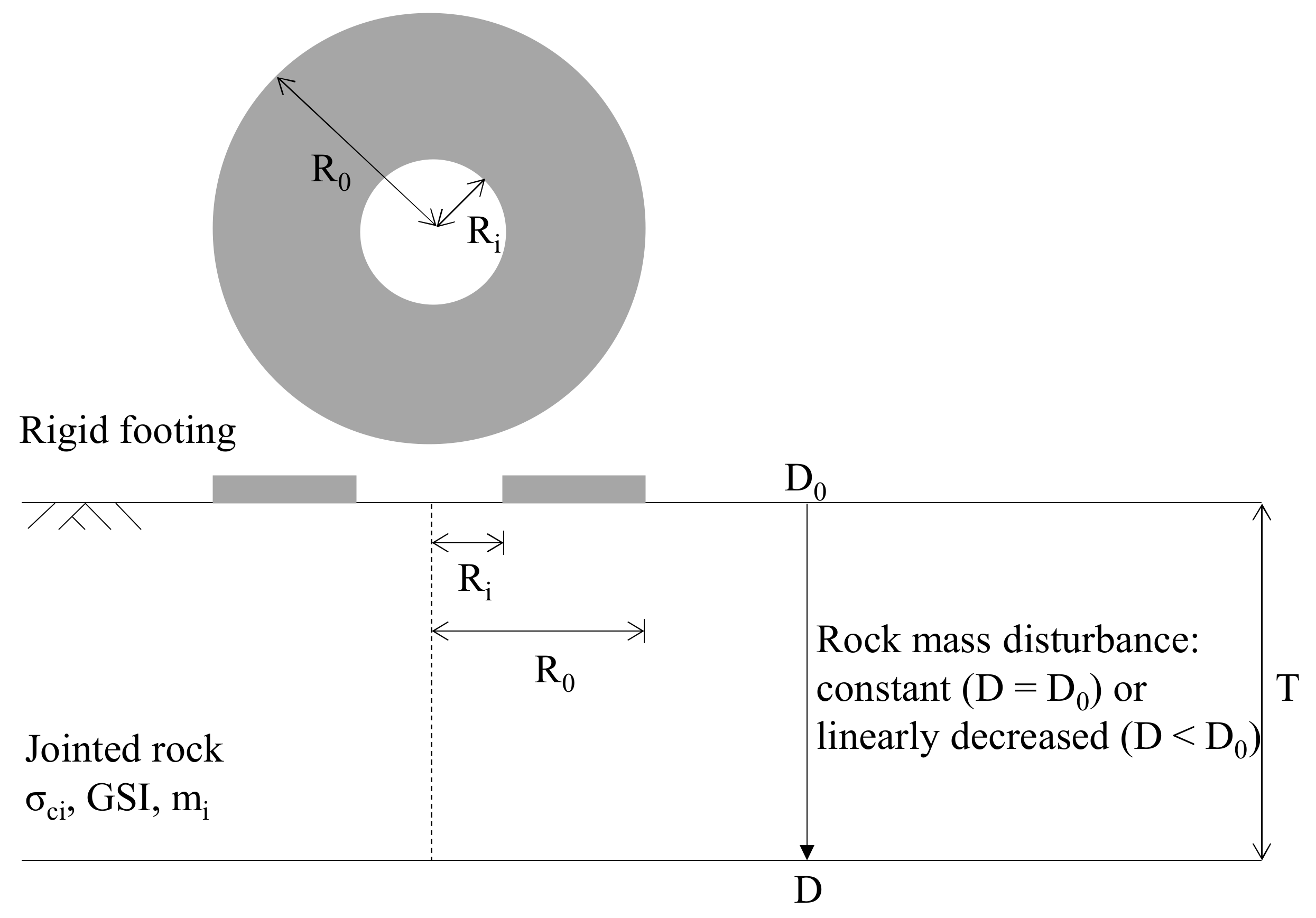
Soil & Rock Bearing Capacity Report
A Soil and Rock Bearing Capacity Report is a critical geotechnical document prepared to assess the load-bearing capacity of subsurface materials for construction purposes. This report guides the design of foundations, ensuring stability, safety, and long-term performance.
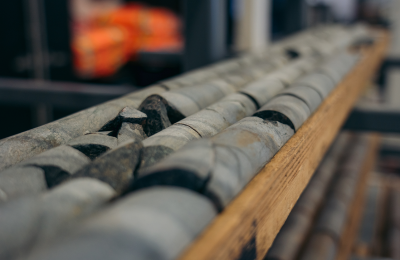
Core Logging
Core logging in geotechnical engineering is a critical process for evaluating the physical and mechanical properties of subsurface materials, typically involving rock and soil cores retrieved from boreholes. This data is essential for designing foundations, tunnels, slopes, and other geotechnical structures.
